Daniel Rsomethingoranother
Structural
Quite a mystery here...
There is a sizeable but lightweight sculpture atop a building. I do not have any drawings nor much history to go off of, just a hunch that this was erected sometime in the late 1990s. The primary load of concern is wind load, given the surface area versus dead load. It has a "space frame" of sorts on the interior with the primary members being HSS tubes. The primary supports for the sculpture are four HSS vertical posts/columns. They are approximately HSS8x8x3/8, and let's say they extend about 12' up from the roof.
We observed some unusual bowing of the tubes. These are square tubes that have bowed to a more rounded shape for a portion of their length. You can see their square shape at the bottom where they are welded, and then it quickly deforms outwards as if it was getting inflated.
We emailed the Steel Tube Institute who provided only one possible explanation, that the tubes got water inside, which froze, which then caused the deformtion. Except the main vertical tubes are capped at the ends, and there is a very small hole to let water out towards the bottom. I cannot promise that the caps and the hole are original, though I'm pretty sure the caps are at least. So it's unclear to me how a significant amount of moisture could get into these tubes. Much the less how water would get into the smaller interior tubes that also show similar deformation.
There does appear to be some previous repairs done to these tubes, where someone welded a couple of "straps" around the main vertical tubes. But they didn't do it around all the ones that show the deformation.
We suggested some NDT to get a better handle on the deterioration. UT did not find any section loss. Mag Particle testing did not find any cracking in the welds at the base of the tubes, nor in the welds of the "straps". After cleaning off the interior members there was some cracking along the length of the members at the corners.
I did some quick calculations, which finds the unity of these vertical tubes are anywhere from 0.50 to 1.00, depending on a few assumptions.
My questions for you all:
- Have you seen this before?
- What's the explanation?
- Is this okay to remain in service? Would there be residual stresses from the deformation that reduce the capacity of the members?
Thank you all in advance.
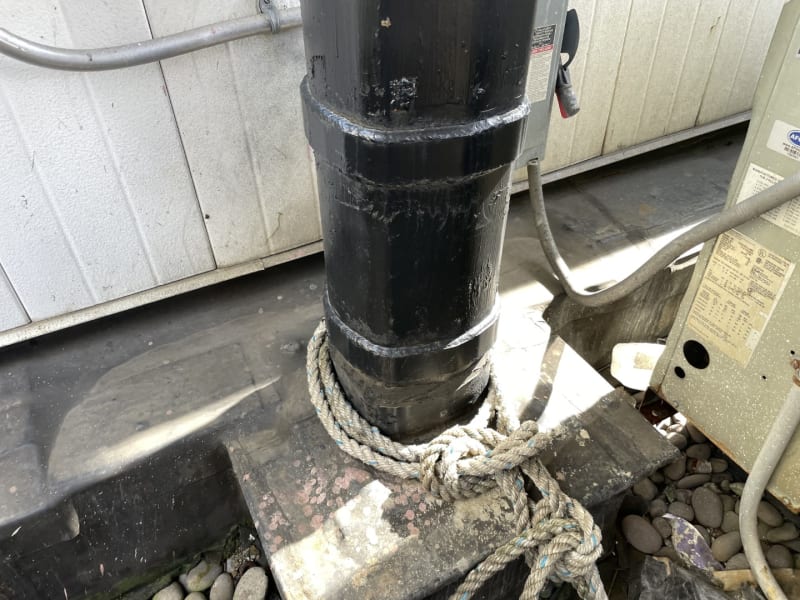
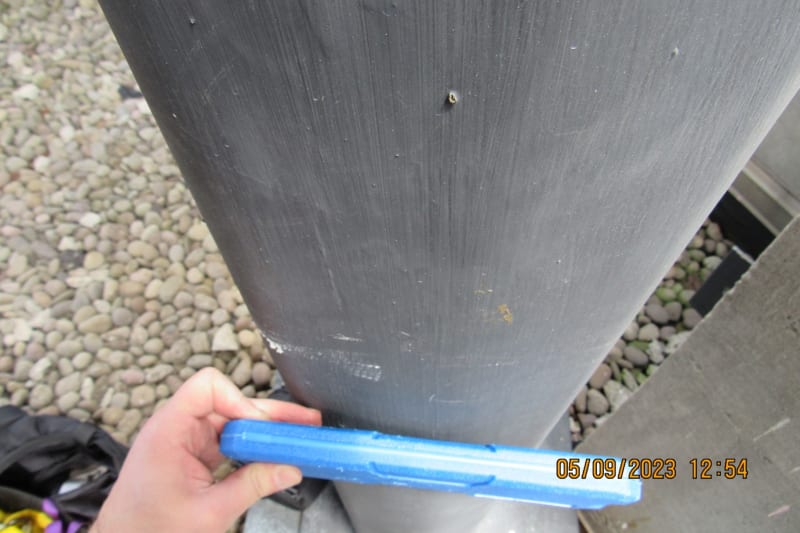
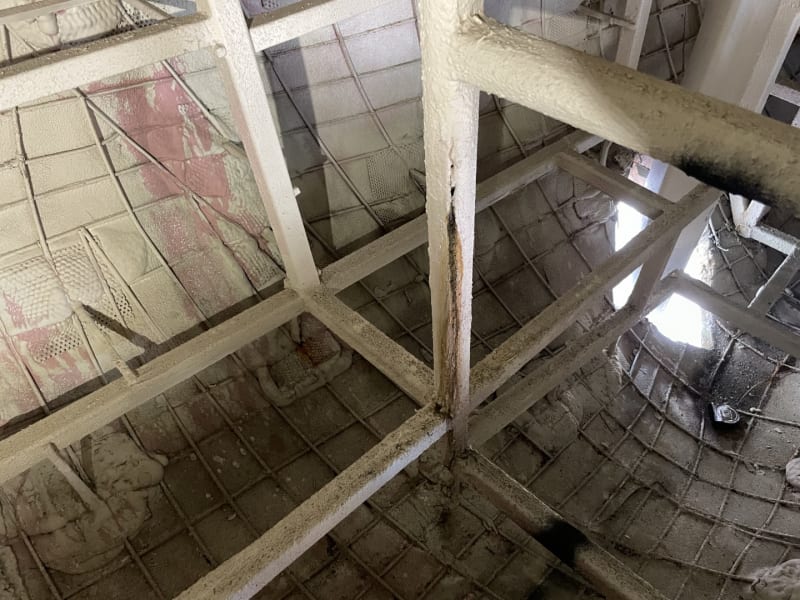
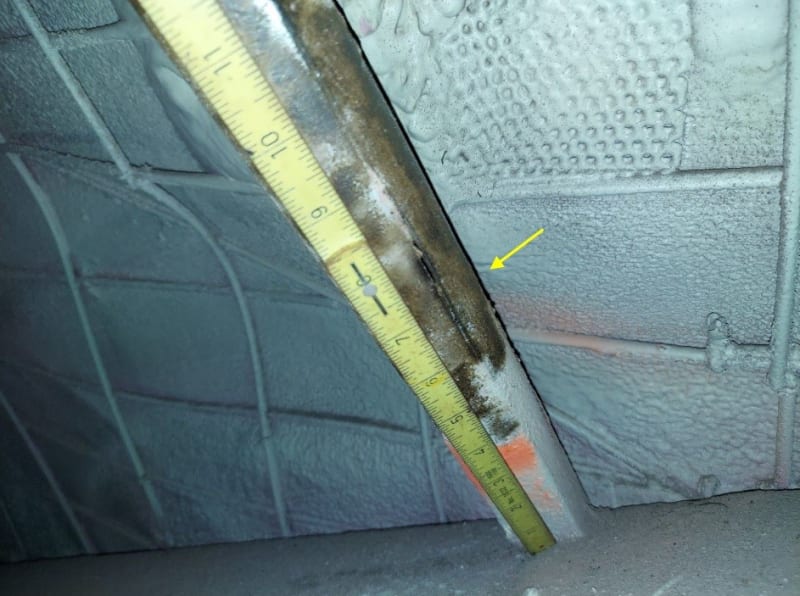
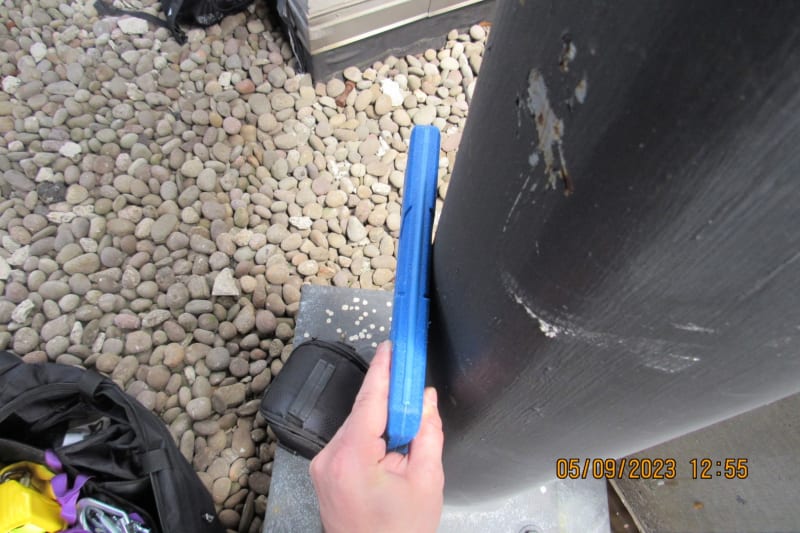
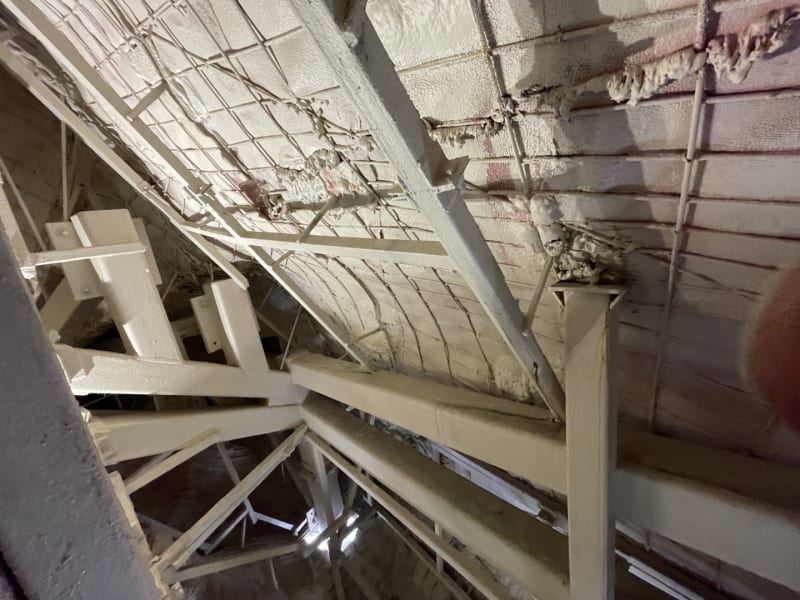
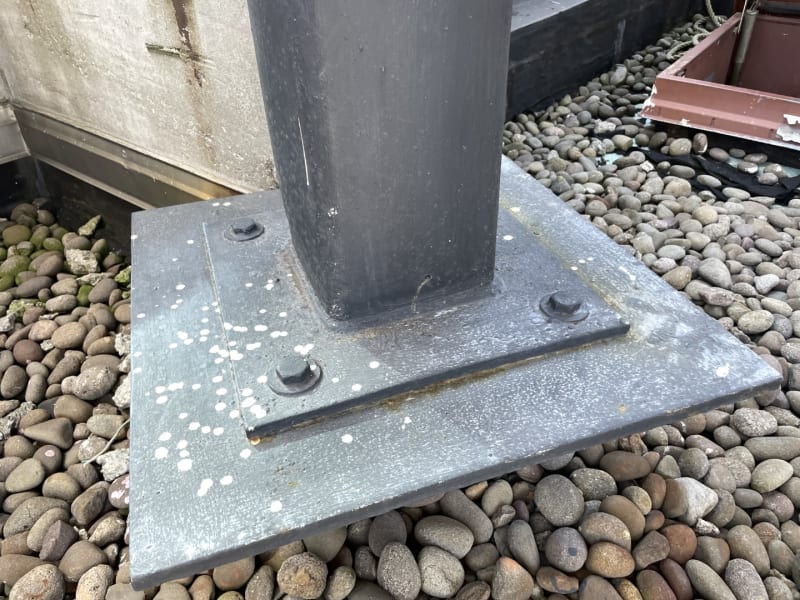
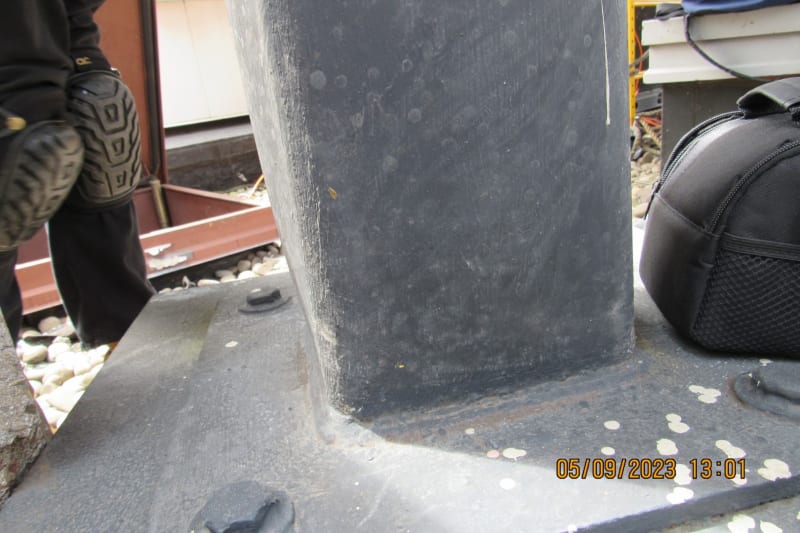
There is a sizeable but lightweight sculpture atop a building. I do not have any drawings nor much history to go off of, just a hunch that this was erected sometime in the late 1990s. The primary load of concern is wind load, given the surface area versus dead load. It has a "space frame" of sorts on the interior with the primary members being HSS tubes. The primary supports for the sculpture are four HSS vertical posts/columns. They are approximately HSS8x8x3/8, and let's say they extend about 12' up from the roof.
We observed some unusual bowing of the tubes. These are square tubes that have bowed to a more rounded shape for a portion of their length. You can see their square shape at the bottom where they are welded, and then it quickly deforms outwards as if it was getting inflated.
We emailed the Steel Tube Institute who provided only one possible explanation, that the tubes got water inside, which froze, which then caused the deformtion. Except the main vertical tubes are capped at the ends, and there is a very small hole to let water out towards the bottom. I cannot promise that the caps and the hole are original, though I'm pretty sure the caps are at least. So it's unclear to me how a significant amount of moisture could get into these tubes. Much the less how water would get into the smaller interior tubes that also show similar deformation.
There does appear to be some previous repairs done to these tubes, where someone welded a couple of "straps" around the main vertical tubes. But they didn't do it around all the ones that show the deformation.
We suggested some NDT to get a better handle on the deterioration. UT did not find any section loss. Mag Particle testing did not find any cracking in the welds at the base of the tubes, nor in the welds of the "straps". After cleaning off the interior members there was some cracking along the length of the members at the corners.
I did some quick calculations, which finds the unity of these vertical tubes are anywhere from 0.50 to 1.00, depending on a few assumptions.
My questions for you all:
- Have you seen this before?
- What's the explanation?
- Is this okay to remain in service? Would there be residual stresses from the deformation that reduce the capacity of the members?
Thank you all in advance.








